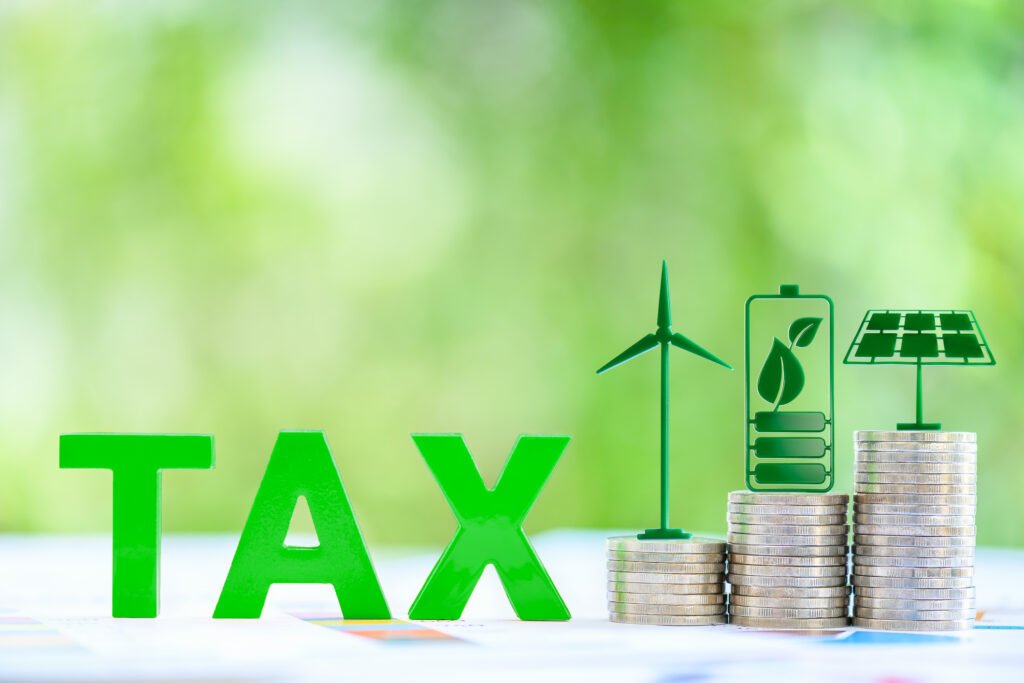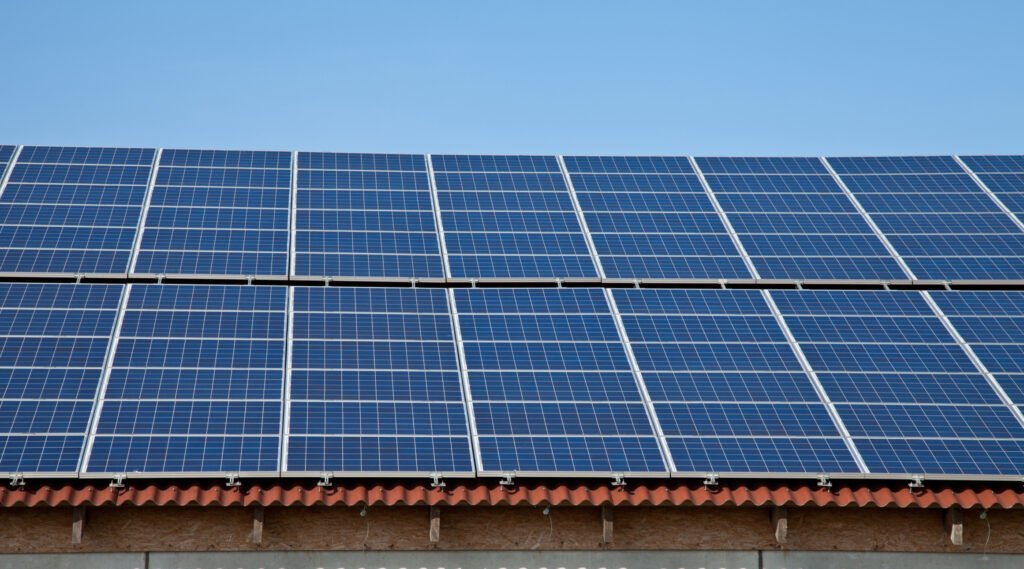
Solar panels have become increasingly popular in the United States as a means to harness renewable energy and reduce electricity bills. However, the decision to invest in solar panels comes with its own set of advantages and disadvantages. Here is an in-depth analysis of the pros and cons of investing in solar panels in the United States.
Pros
1. Cost Savings on Energy Bills

One of the most significant benefits of installing solar panels is the potential for substantial savings on electricity bills. By generating your own electricity, you can reduce or even eliminate your monthly utility costs. In many cases, the savings on energy bills can offset the initial investment in solar panels within a few years. Additionally, with net metering policies in many states, homeowners can sell excess electricity back to the grid, further reducing costs.
Example: In states like California, where electricity prices are high, homeowners can save thousands of dollars over the lifespan of their solar panels.
2. Environmental Benefits

Solar energy is a clean, renewable resource that reduces dependence on fossil fuels and lowers greenhouse gas emissions. By switching to solar power, you contribute to a reduction in air pollution and help combat climate change.
Example: The average residential solar panel system can offset about 100,000 pounds of carbon dioxide over 20 years, which is equivalent to planting around 2,500 trees.
3. Increase in Property Value

Homes equipped with solar panel systems often have higher property values and sell faster than those without. Solar panels are seen as an upgrade, similar to a renovated kitchen or a finished basement, and can be a strong selling point for eco-conscious buyers.
Example: A study by the Lawrence Berkeley National Laboratory found that homes with solar panel systems sold for an average of $15,000 more than comparable homes without solar panels.
4. Energy Independence

By generating your own electricity, you become less reliant on the traditional power grid and fossil fuels. This can provide a sense of security and stability, especially in areas prone to power outages or during periods of high electricity demand.
Example: During natural disasters or grid failures, solar panel systems with battery storage can provide backup power, ensuring that essential appliances and systems continue to function.
5. Government Incentives and Tax Benefits

The U.S. federal government, along with many state and local governments, offers various incentives, rebates, and tax credits to encourage the adoption of solar energy. The Federal Investment Tax Credit (ITC) allows homeowners to deduct a significant percentage of the cost of installing a solar energy system from their federal taxes.
Example: As of 2024, the ITC provides a 26% tax credit for solar systems installed on residential and commercial properties. This can significantly reduce the upfront cost of installation.
Cons
1. High Initial Costs

The upfront cost of purchasing and installing solar panels can be substantial. While prices have decreased over the years, the initial investment remains a significant barrier for many homeowners.
Example: A typical residential solar panel system can cost between $15,000 and $25,000 before any incentives or rebates. This can be a substantial financial commitment for many families.
2. Weather Dependent

Solar panels are dependent on sunlight to generate electricity. Therefore, their efficiency can be significantly reduced on cloudy days, during rain, or in areas with less sunlight. This variability can affect the consistency of power generation and the overall return on investment.
Example: In regions with frequent overcast weather, like the Pacific Northwest, solar panels may not produce as much energy as in sunnier regions like the Southwest.
3. Space Requirements

Installing solar panels requires a considerable amount of space, either on the roof or on the ground. Not all properties have sufficient space or the right roof orientation and angle to maximize solar energy production.
Example: Homes with limited roof space or heavily shaded areas may find it challenging to install a solar panel system that meets their energy needs.
4. Maintenance and Repairs

Solar panels generally require minimal maintenance, but they are not completely maintenance-free. Over time, panels can become dirty, damaged, or degrade in performance. In some cases, components like inverters or batteries may need replacement, adding to the overall cost.
Example: Regular cleaning and occasional maintenance checks are necessary to ensure the system operates at optimal efficiency. Inverters typically need to be replaced every 10-15 years, which can cost several thousand dollars.
5. Energy Storage Costs

To maximize the benefits of solar panels, especially in off-grid situations or during power outages, homeowners often need to invest in energy storage solutions like batteries. These storage systems can be quite expensive and add to the overall cost of the solar energy system.
Example: High-capacity solar batteries, like the Tesla Powerwall, can cost between $10,000 and $15,000, including installation. This can significantly increase the total investment in a solar power system.
Conclusion
Investing in solar panels in the United States comes with a mix of compelling advantages and notable challenges. On the positive side, solar panels can lead to significant cost savings on energy bills, provide environmental benefits, increase property values, offer energy independence, and take advantage of government incentives and tax benefits. These factors make solar energy an attractive option for many homeowners, particularly those living in sunny regions with high electricity costs.
However, the high initial costs, dependence on weather conditions, space requirements, maintenance needs, and additional energy storage costs can be significant hurdles. Homeowners must carefully evaluate their specific circumstances, including their financial situation, location, and energy needs, to determine whether solar panels are a good investment for them.
For those who can afford the initial investment and have suitable conditions for solar energy production, the long-term benefits often outweigh the disadvantages. On the other hand, for those with financial constraints or less favorable conditions, exploring alternative energy-saving measures or waiting for further advancements in solar technology and cost reductions may be a more prudent approach.
Ultimately, the decision to invest in solar panels should be based on a comprehensive analysis of both the financial and environmental benefits, weighed against the potential drawbacks and costs. By doing so, homeowners can make an informed decision that aligns with their goals and circumstances.
